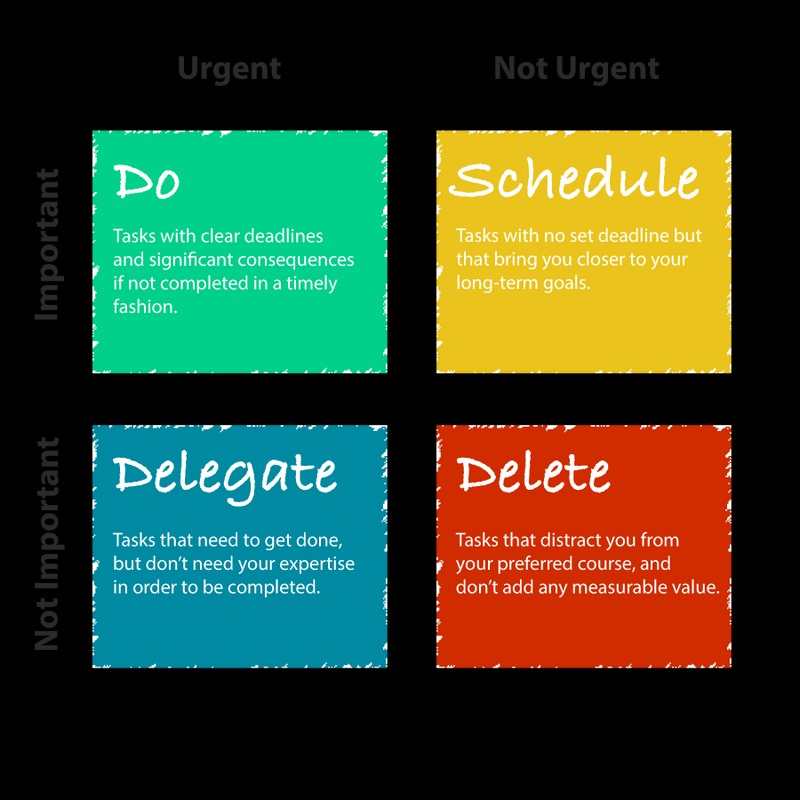In the whirlwind of daily life, balancing personal and professional responsibilities can sometimes feel like steering a ship through stormy seas. Amidst the chaos, the Eisenhower Matrix emerges as a beacon of clarity, offering a structured approach to prioritizing tasks effectively.
The Eisenhower Matrix, also known as the Urgent-Important Matrix, is attributed to Dwight D. Eisenhower, the 34th President of the United States and a five-star General during World War II. He was renowned for his ability to sustain productivity by making tough decisions on which tasks warranted his attention.
This decision-making tool categorizes tasks into four quadrants based on two criteria: urgency and importance. The matrix guides you in recognizing the most critical activities that align with your long-term objectives and values.
Quadrant 1: Urgent and Important
Tasks falling into this quadrant are both urgent and important. They are crises or deadlines that need immediate attention. Examples include medical emergencies, last-minute preparations for a scheduled presentation, or a project deadline due today.
Quadrant 2: Not Urgent but Important
Here lies the heart of effective personal management. Activities are essential for achieving goals but do not require immediate action. Focusing on this quadrant increases productivity and reduces time spent in crisis mode. Long-term strategies, relationship building, and personal growth initiatives such as exercise are classic examples.
Quadrant 3: Urgent but Not Important
Tasks appear important because they demand instant attention but do not necessarily move you towards your goals. Frequent interruptions from emails, phone calls, or peer requests often land here.
Quadrant 4: Not Urgent and Not Important
The tasks in this quadrant are typically time-wasters or activities that offer escape or entertainment with little to no value addition towards your personal or professional growth. Mindless web browsing, excessive TV watching, or aimless gossip are some examples.
Applying the Eisenhower Matrix requires discipline but starts by simply listing all your tasks. Then assign each to its respective quadrant. Prioritize addressing Quadrant 1 tasks first, then schedule regular time for Quadrant 2 tasks; these are crucial for progressive success without burnout. Delegate or minimize Quadrant 3 activities when possible and be ruthlessly critical of any time sunk into Quadrant 4.
By streamlining focus towards what’s truly significant and learning to say ‘no’ to non-essential urgencies, one can navigate through life’s demands with precision and poise – reclaiming time for what really matters. The simplicity of the Eisenhower Matrix belies its transformational power – it not only aids in managing workload but also enlightens one on living with intent by distinguishing mere activity from genuine productivity.





